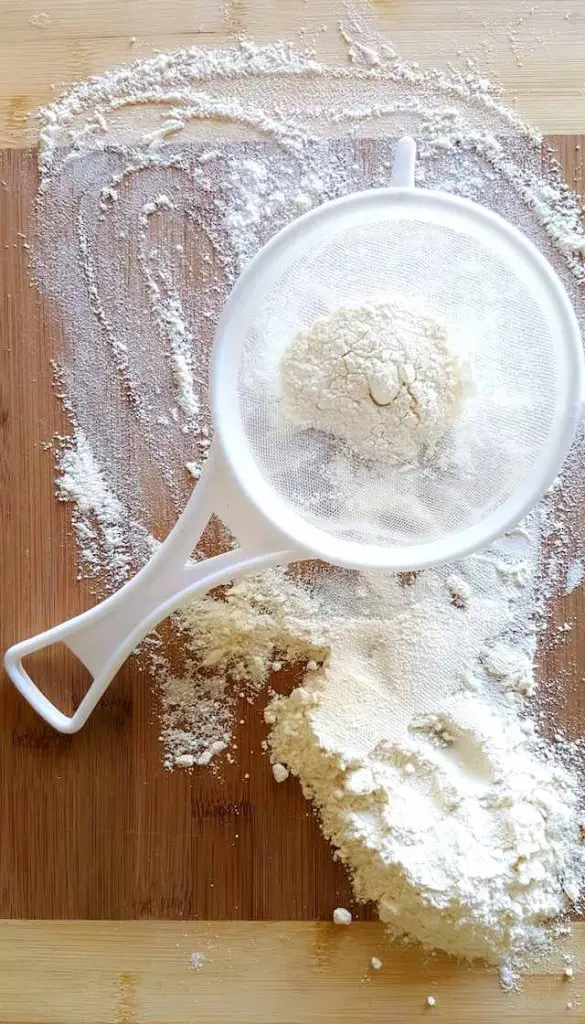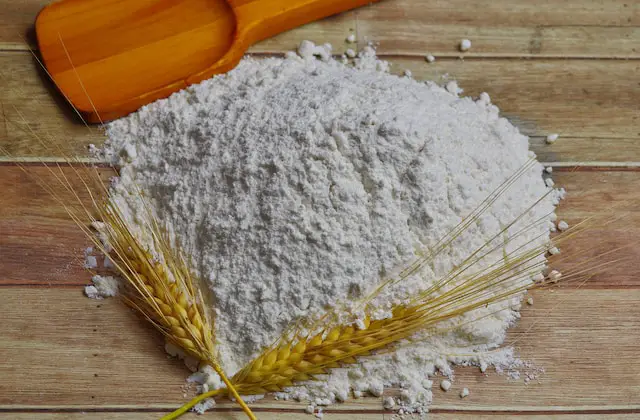In recent years, more and more people have become interested in grinding their own flour at home. This trend has been driven by a desire for healthier, fresher ingredients, as well as concerns about the environmental impact of commercial food production.
But is it really cheaper to grind your own flour, or is it just a trendy hobby? In this article, we’ll take a look at the costs and benefits of grinding your own flour.
Contents
Benefits of Grinding Your Own Flour
One of the main benefits of grinding your own flour is the freshness and quality of the resulting product. Freshly ground flour retains more of its natural flavor and nutrients, which can make a big difference in the taste and nutritional value of baked goods.
In addition, grinding your own flour allows you to have more control over the final product. You can choose the type and quality of grains you use, and you can adjust the grind to your specific needs.
This can be particularly beneficial for people with food allergies or sensitivities, who may need to avoid certain types of flour.
Another benefit of grinding your own flour is the sustainability factor. By using whole grains and grinding them at home, you can reduce your reliance on processed flours and support more sustainable agricultural practices.
Costs of Grinding Your Own Flour
The main cost associated with grinding your own flour is the initial investment in a grain mill. Grain mills can range in price from under $50 to several hundred dollars, depending on the type and quality of the mill.

Cheaper mills may have a lower capacity and be less durable, while more expensive mills may offer more features and a longer lifespan.
In addition to the cost of the mill, there is also the cost of the grains themselves. Whole grains, which are the most commonly used for grinding into flour, can be more expensive than processed flours.
However, whole grains are also more nutritious and can be purchased in bulk, which can help to lower the overall cost.
Best And Effective Ways To Grind Your Own Flour
When it comes to grinding your own flour, there are a few methods to choose from. The best and most effective method depends on the type of grain you’re using and the equipment you have available. Here are a few popular methods for grinding your own flour:
- Grain Mill: A grain mill is the most efficient and consistent way to grind your own flour. They are specifically designed for this purpose and can handle a wide range of grains, from wheat and corn to rye and barley. Electric grain mills are the most popular and convenient, but there are also manual options available. Grain mills typically use two grinding plates to crush the grain, creating a fine flour.
- Blender or Food Processor: If you don’t have a grain mill, a high-powered blender or food processor can be used to grind grains into flour. This method works best for softer grains like oats, rice, and quinoa. It’s important to use a high-powered appliance to achieve a fine flour consistency.
- Mortar and Pestle: A mortar and pestle is a traditional tool used to grind grains and other ingredients. This method is best for small batches of flour and softer grains like rice and barley. It can be time-consuming and requires some elbow grease, but it’s a simple and effective way to grind flour.
- Coffee Grinder: A coffee grinder can be used to grind small amounts of grains into flour. This method works best for small grains like quinoa and amaranth. It’s important to clean the grinder thoroughly before and after use to prevent any residual coffee flavor from affecting the flour.
No matter which method you choose, it’s important to use high-quality grains for the best results. Whole grains retain more nutrients than processed flour and can be more cost-effective in the long run.

Grinding your own flour also allows you to control the fineness of the flour, which can affect the texture and consistency of your baked goods. Experiment with different grains and methods to find the perfect flour for your favorite recipes.
So, Is It Cheaper To Grind Your Own Flour?
The answer to this question largely depends on how much flour you use and what types of grains you prefer.
In general, grinding your own flour can be more cost-effective if you use a lot of flour or if you prefer to use high-quality, organic grains.

For example, if you bake bread on a regular basis and use several cups of flour per week, grinding your own flour could save you money in the long run.
Similarly, if you prefer to use organic or specialty grains, you may find that grinding your own flour is more affordable than purchasing these types of flours from a specialty retailer.
However, if you only use a small amount of flour or if you prefer to use cheaper, processed flours, grinding your own flour may not be the most cost-effective option.
Conclusion
Grinding your own flour can be a great way to produce high-quality, nutritious ingredients for your baked goods.
While there is an initial investment in a grain mill and the cost of whole grains can be higher than processed flours, the benefits of freshness, quality, and sustainability can make it a worthwhile endeavor.
Whether or not it is cheaper to grind your own flour largely depends on your individual needs and preferences. If you use a lot of flour and prefer high-quality, organic grains, grinding your own flour may be the most cost-effective option.
However, if you only use a small amount of flour or prefer cheaper, processed flours, you may want to stick with store-bought options. Ultimately, the decision to grind your own flour should be based on a balance of cost, quality, and convenience.
